| 结构式 | 名称/CAS号 | 全部文献 |
|---|---|---|
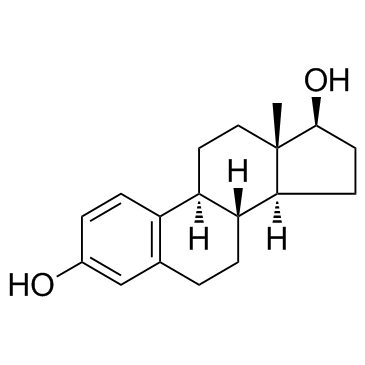 |
雌二醇
CAS:50-28-2 |
|
 |
阿那曲唑
CAS:120511-73-1 |
|
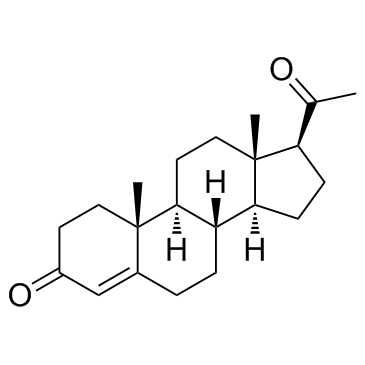 |
孕酮; 黄体素; 黄体酮
CAS:57-83-0 |
|
 |
他莫昔芬
CAS:10540-29-1 |
|
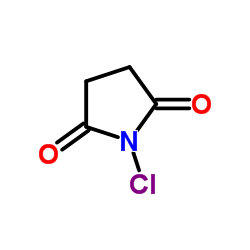 |
N-氯代丁二酰亚胺
CAS:128-09-6 |
|
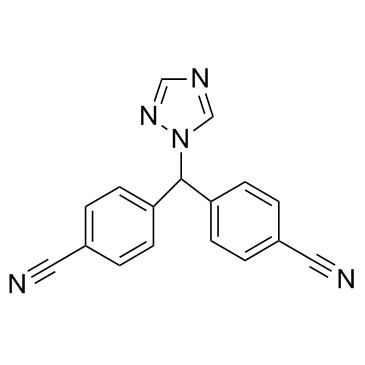 |
来曲唑
CAS:112809-51-5 |
|
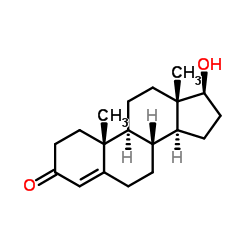 |
睾酮
CAS:58-22-0 |
|
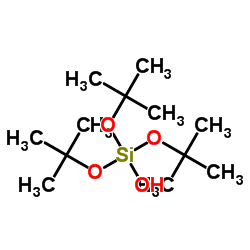 |
三(叔丁氧基)硅烷醇
CAS:18166-43-3 |